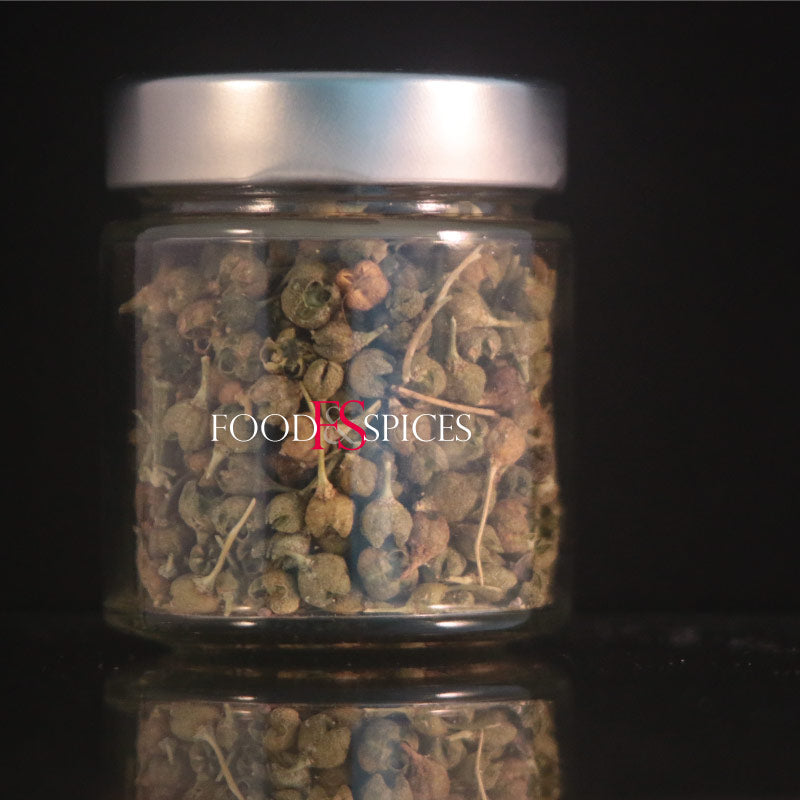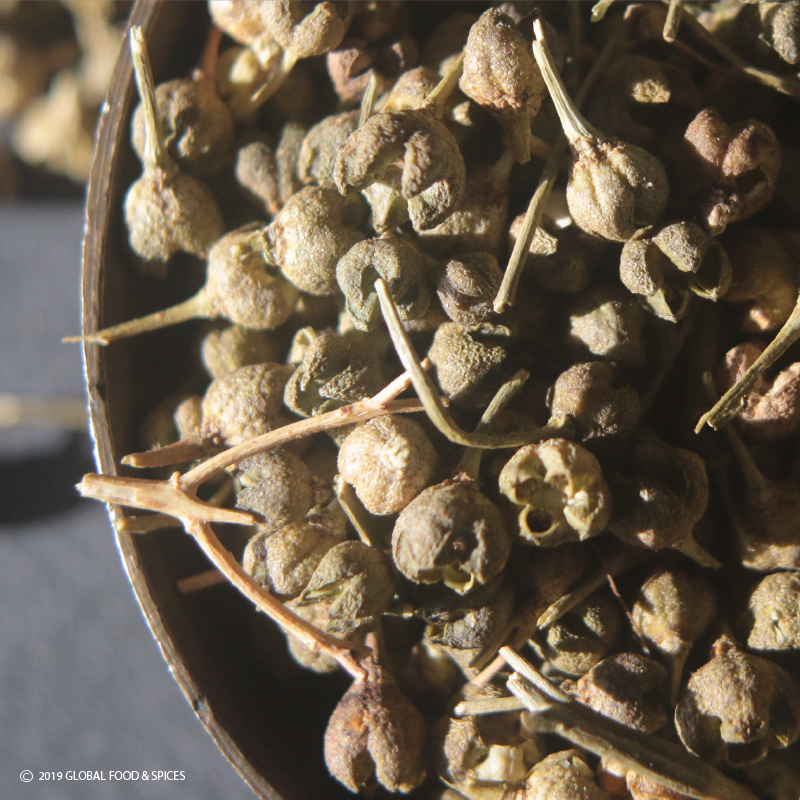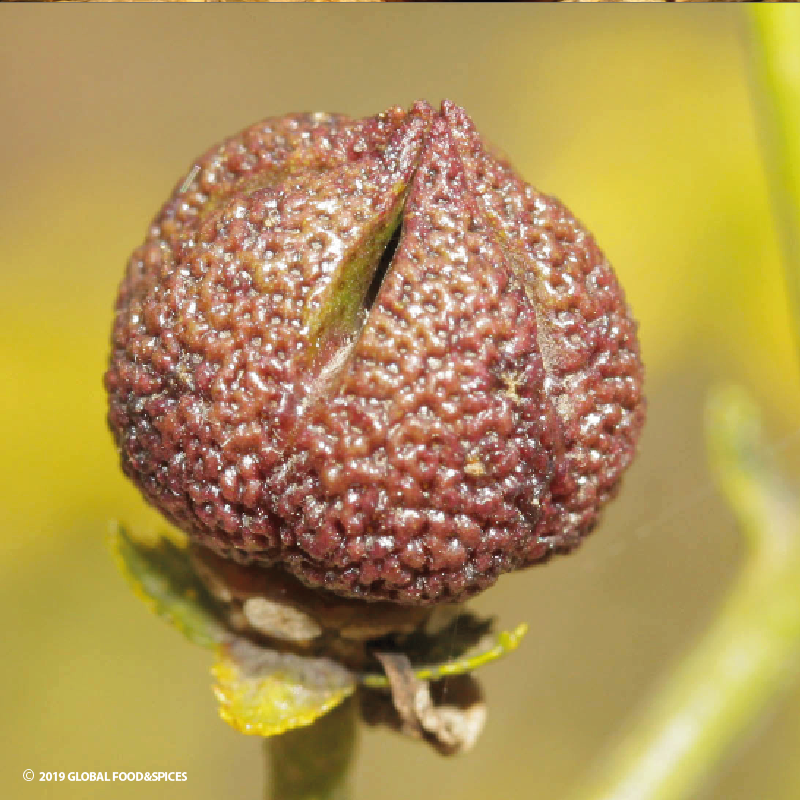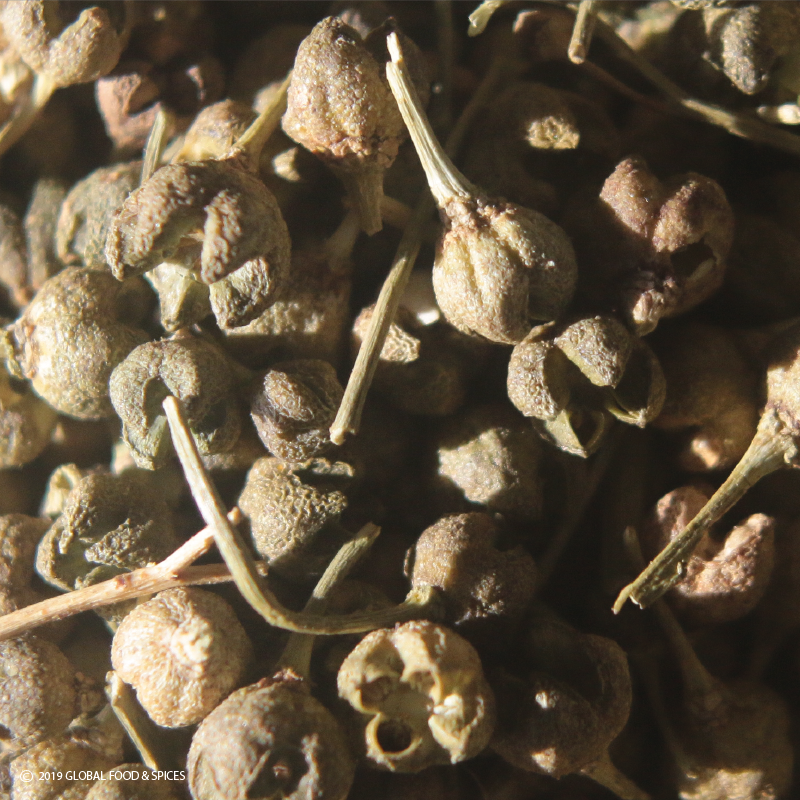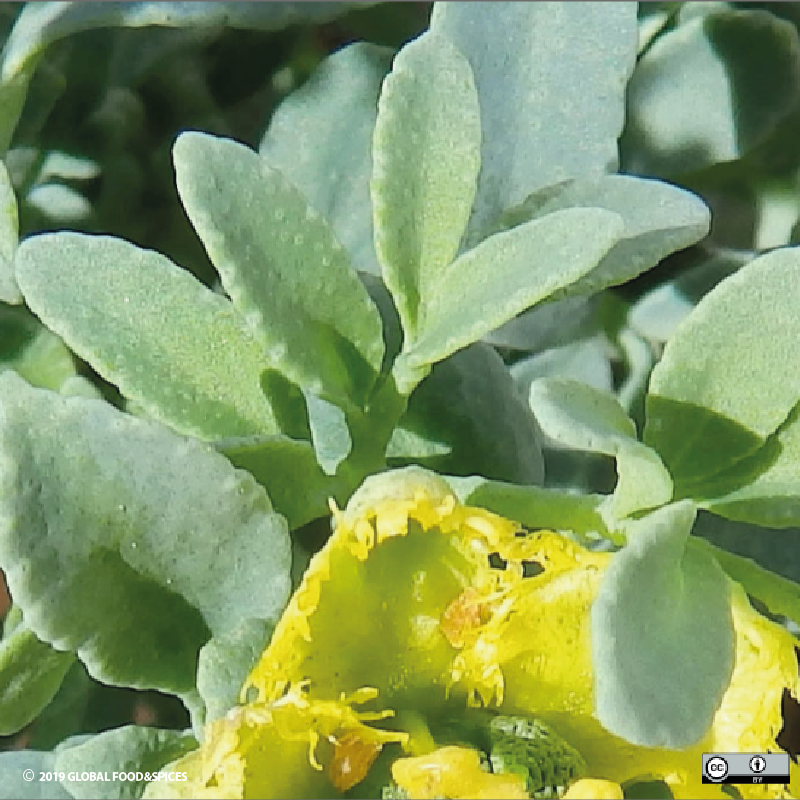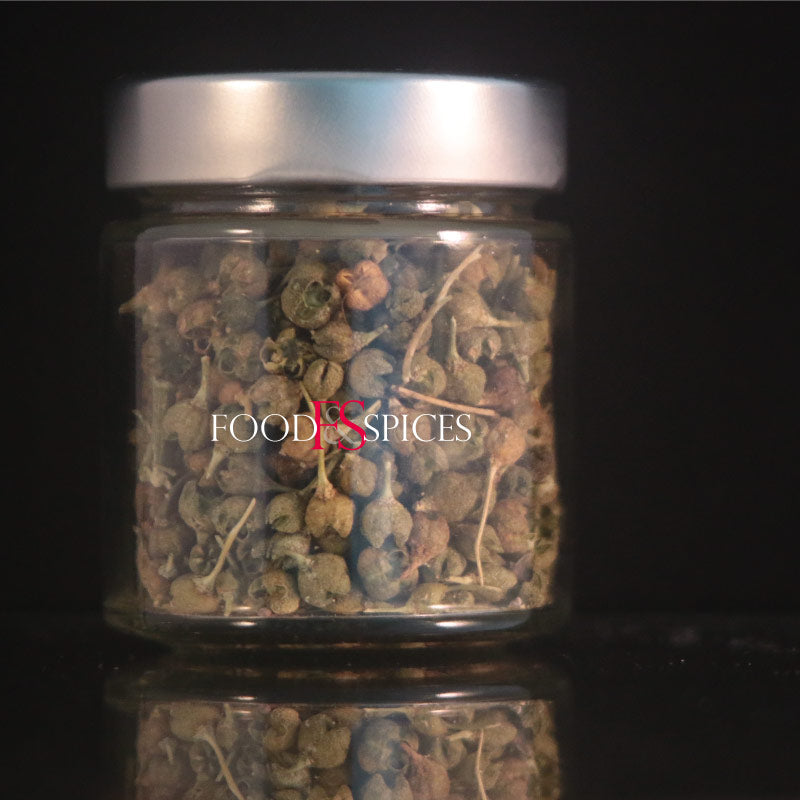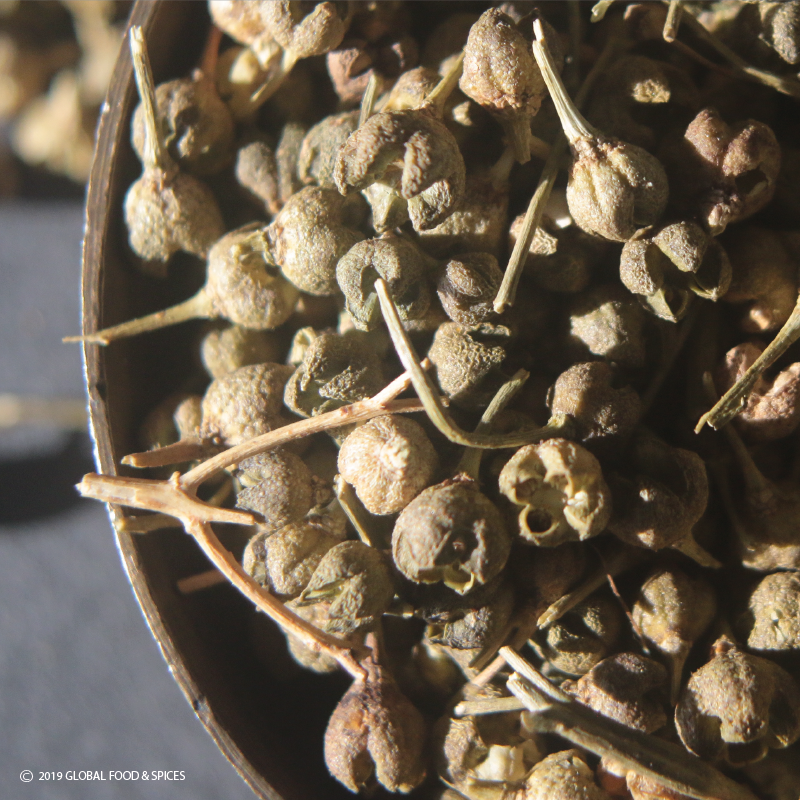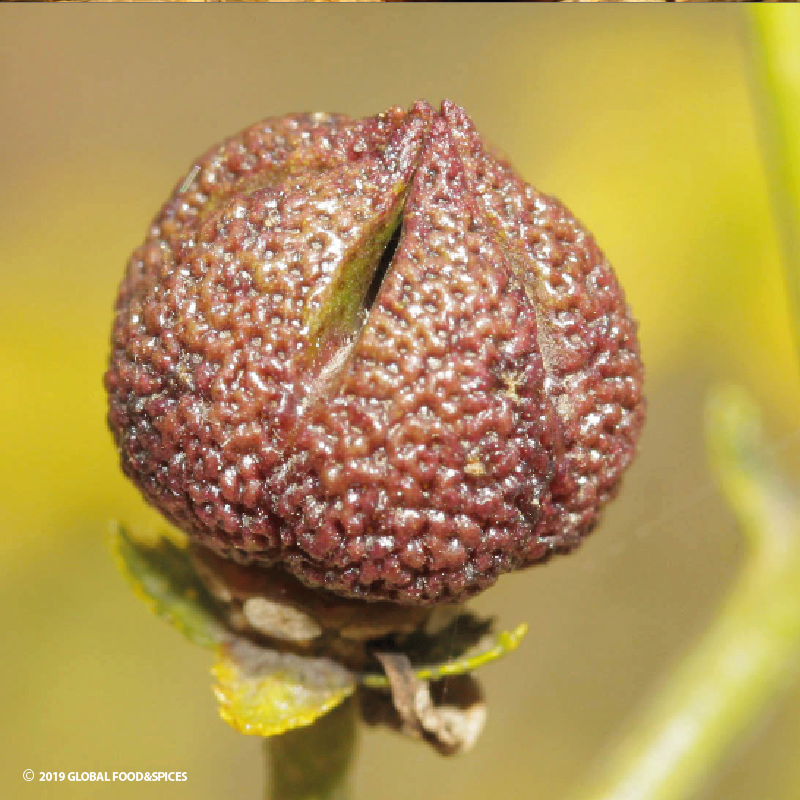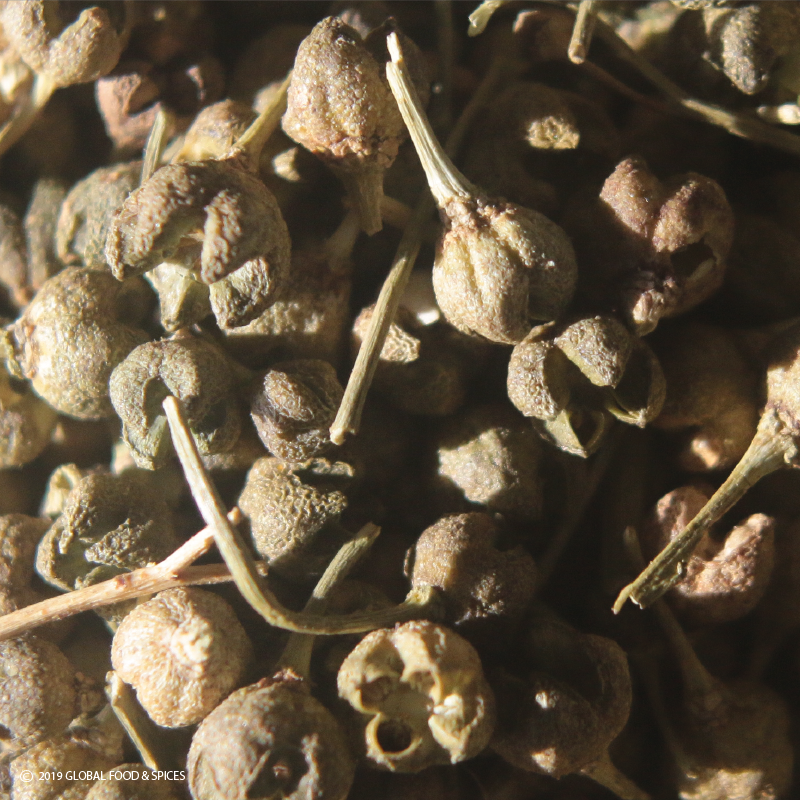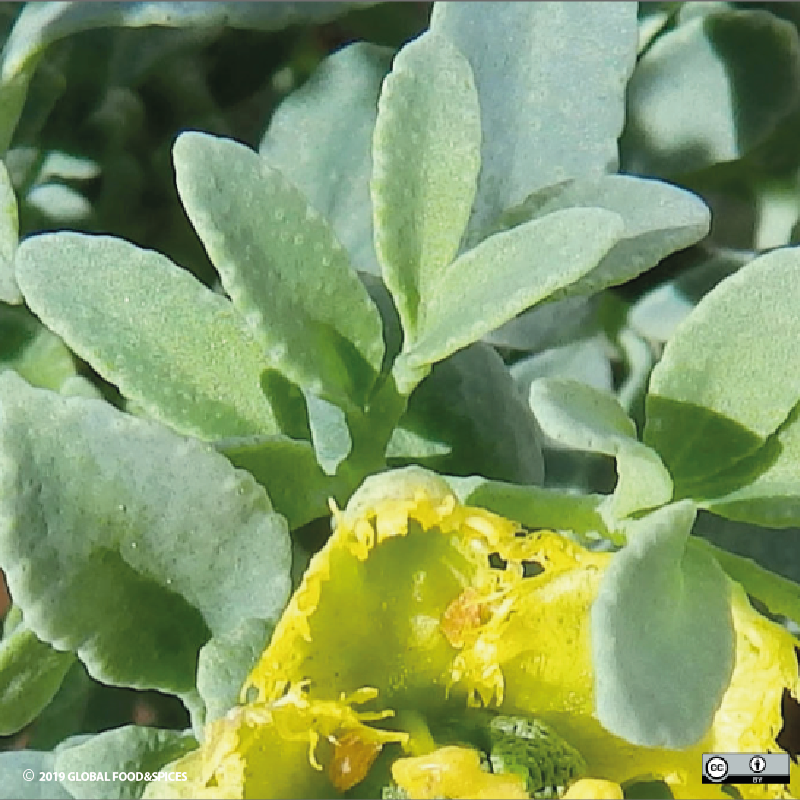depeperwinkel
Tena'adam
Tena'adam
Temporarily out of stock
Unable to load availability for pickup
Tena'adam is a spice from classical Ethiopian cuisine, and one of the ingredients of an authentic berbere. The leaves of the winter rue have been used against poisonous snake bites since Roman times.
Unfortunately sold out. It is not yet known when new stock will arrive.
T'ēna ādami ጤና አዳም is the Amharic name for the leaves and fruits of the winter rue or Ethiopian rue, also spelled Tena'adam or Tenaadam. Tena'adam means "Adam's health" and illustrates the plant's traditional use as a medicine.
The leaves, like the berries, are among the nine essential spices of Ethiopian cuisine. These are: korarima, a type of cardamom, ginger (zinjibel), fenugreek (abish), turmeric (ird), Ethiopian thyme (tosegn), cumin (tikur azmud), cloves (krenfud), black
The winter rue or Ruta chalepensis is a yellow flowering plant from the rue family, which also includes citrus fruits and the Szechuan
In antiquity, rue was primarily a medicinal plant, but around the beginning of the Common Era, Apicius already describes its use in recipes for gravies and sauces for hare, fish, and birds. Abu Muhammad al-Muthaffar ibn Nasr ibn Sayyār al-Warrāq, author of the earliest known Arabic cookbook, Kitāb al-Ṭabīḫ (Book of Dishes), from the tenth century, also used it as a seasoning.
The leaves are popularly used in bitters and liqueurs, such as in Croatian raki and in northern Italy in grappa (alla ruta). The leaves, combined with the leaves of the coffee plant (Ethiopia is a coffee-producing country par excellence), form "kutti," coffee-leaf tea, a name of Indian origin. Kutti-kal is the name fundamentalist Gandhians gave to coffee, considered more addictive than beer or wine. It means "junior alcohol."
The berries, like the leaves, are used in the preparation of berbere, the famous Ethiopian spice mixture, which has been used since the discovery of South America and the introduction of chili.
Smell and taste
Some of the fragrances and flavors (essential oils) in tena'adam:
- 2-undecanenone, eucalyptus
- 2-heptanol acetate, grassy, citrus
- ethyl butanoate, the aromas of pineapple, cognac
- α-pinene, the aroma of woody pine, as in cumin, pine cone, juniper berry and hemp,
- 2-nonanone, cheesy and waxy and sweet, like coconut
- nonen-1-yl acetate, tropical fruits: kiwi, honeydew melon, pear
- E,E-farnesal, smells of flowers and mint
Usage
The fruit, a seed pod with four or five lobes, contains about ten edible seeds. The fruit is ground whole for consumption and used as a spice or rub.
Tena'adam is unlike any other spice. It has a complex aroma that evokes passion fruit and tropical fruit, which is why the fruits are also called baies de passion or passionberries are mentioned.Passion berry is also the name of the Australian bush tomato, hence our preference for the Ethiopian name, which also does justice to the country of origin.
Tena'adam is delicious with shrimp, chanterelles, asparagus, boiled fish and poultry (and the accompanying creamy sauce), fried fish, game (hare, deer or wild boar) and poultry, grilled vegetables and fruits such as pear and mango, and vanilla ice cream.
Features:
- 100% berries of the Ruta chalepensis
- origin: Ethiopia
Assortment
- available in glass and stand-up pouch (no test tubes)
- larger quantities on request
Gift wrapping
- The jar is available in a tasteful gift packaging, consisting of a cube box filled with black tissue paper.
- For an overview of our gift packaging, please refer to the gift packaging section.
Save:
- keep your tena'adam in a closed container
- preferably store in a dark, dry and cool place
- best before ---
- This expiration date is an indication
Batch number
The batch number helps us track which batch an item originates from. It's listed on the packing slip and invoice.
Pregnancy (precaution)
Since ancient times, rue has been used to induce menstruation during pregnancy. And it's still used today. Therefore, it's advised not to use rue during pregnancy, especially not in high doses. The same applies to consuming the leaves.
Share
